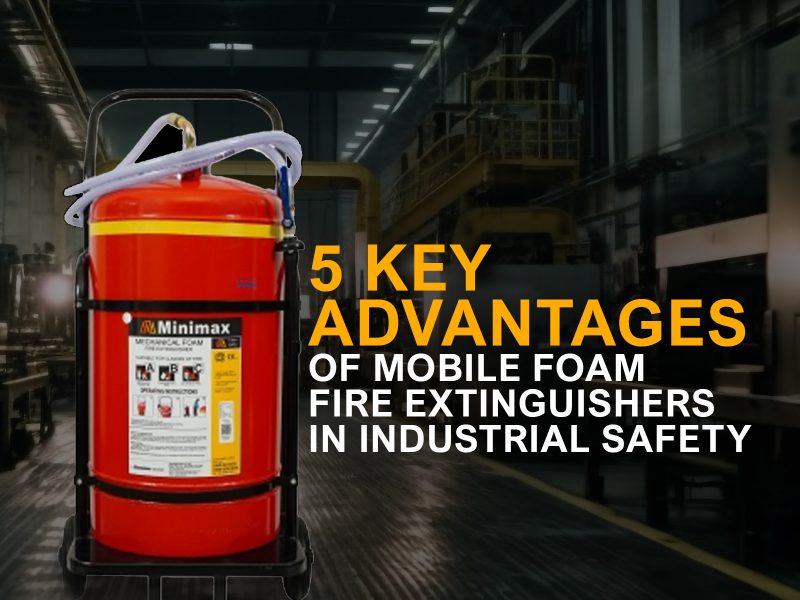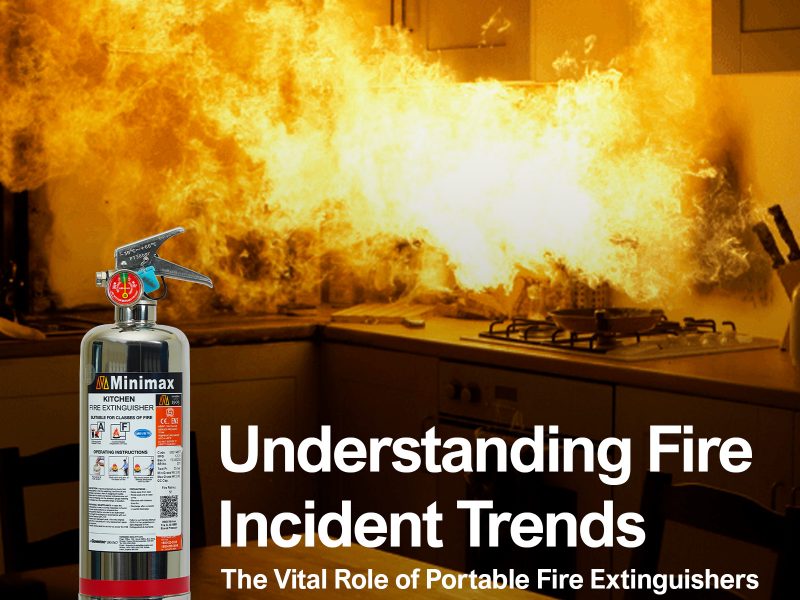A fire extinguisher must be regularly checked to ensure it is ready for use to control a fire in an emergency. Your fire extinguishers need regular maintenance for effective performance as intended in a fire situation. The maintenance includes inspection, hydro pressure testing, refilling, and replacement. Proper inspection and maintenance ensure that the fire extinguishers are effective in a fire hazard.
INSPECTION
Periodic inspection of fire extinguishers shall include a check of at least the following items:
⦁ Location in the designated place
⦁ Visibility and accessibility of the extinguisher
⦁ Pressure gauge reading or indicator in the operable range
⦁ Safety pin and tamper seal is in place
⦁ Fullness is determined by weighing
⦁ Condition of the cylinder body, valve assembly, hose, and nozzle.
REFILLING / HPT
A fire extinguisher needs to be refilled if it has been used. Whether it was used to suppress a fire, or accidentally discharged.
⦁ The fire extinguisher has been used/discharged.
⦁ The fire extinguisher pressure gauge is not within its acceptable range.
⦁ All rechargeable-type fire extinguishers shall be recharged after any use or when the need is indicated by an inspection or servicing.
⦁ The fire extinguisher has reached its refilling or hydrostatic pressure test interval set by IS 2190
⦁ An inspection shows that a fire extinguisher is damaged.
LIFE OF FIRE EXTINGUISHERS
Fire extinguishers are a critical part of fire safety installations. Like every piece of equipment, fire extinguishers also have a fixed lifespan. The organization shall ensure fire extinguishers’ replacement after completion of its lifespan. In the case of a hydro pressure test failure, replace the fire extinguisher before the lifetime. The life of a fire extinguisher is clearly defined in the IS: 2190 guidelines. Consider the life of a fire extinguisher from the date of the manufacturing while deciding on a replacement.
According to the IS: 2190 guidelines (Code of practice for selection, installation, and maintenance of fire extinguishers) all the fire extinguishers types except carbon dioxide has a life span of 10 years. As per the IS: 2190 code the carbon dioxide fire extinguishers life is 15 years.
Most fire extinguishers have an inspection tag or sticker that will list the maintenance and service history of the extinguisher. If your extinguisher is missing an inspection tag or sticker, you can trace the manufacturing year punched on the cylinder body.
REPLACEMENT
If you reach for a fire extinguisher during a fire and it doesn’t work, the result can be severe damage to your property. That’s why extinguishers must be replaced in the below circumstances.
⦁ After the completion of the defined lifespan (IS 2190 guidelines)
⦁ Hydrostatic pressure testing ensures the integrity of the shell. When an extinguisher fails the HPT, it shall be immediately replaced.
⦁ The extinguisher model is manufactured as per the old obsolete standard.
⦁ Any physical damage to the body, that may cause mechanical issues or malfunctions.
Peace of mind is important, particularly when dealing with the threat of fire. Maintenance of fire extinguishers is essential. Not only is it effectively a compliance requirement but as extinguishers play such a crucial part in putting fires out before they get out of hand, hey must work if and when they’re needed.


